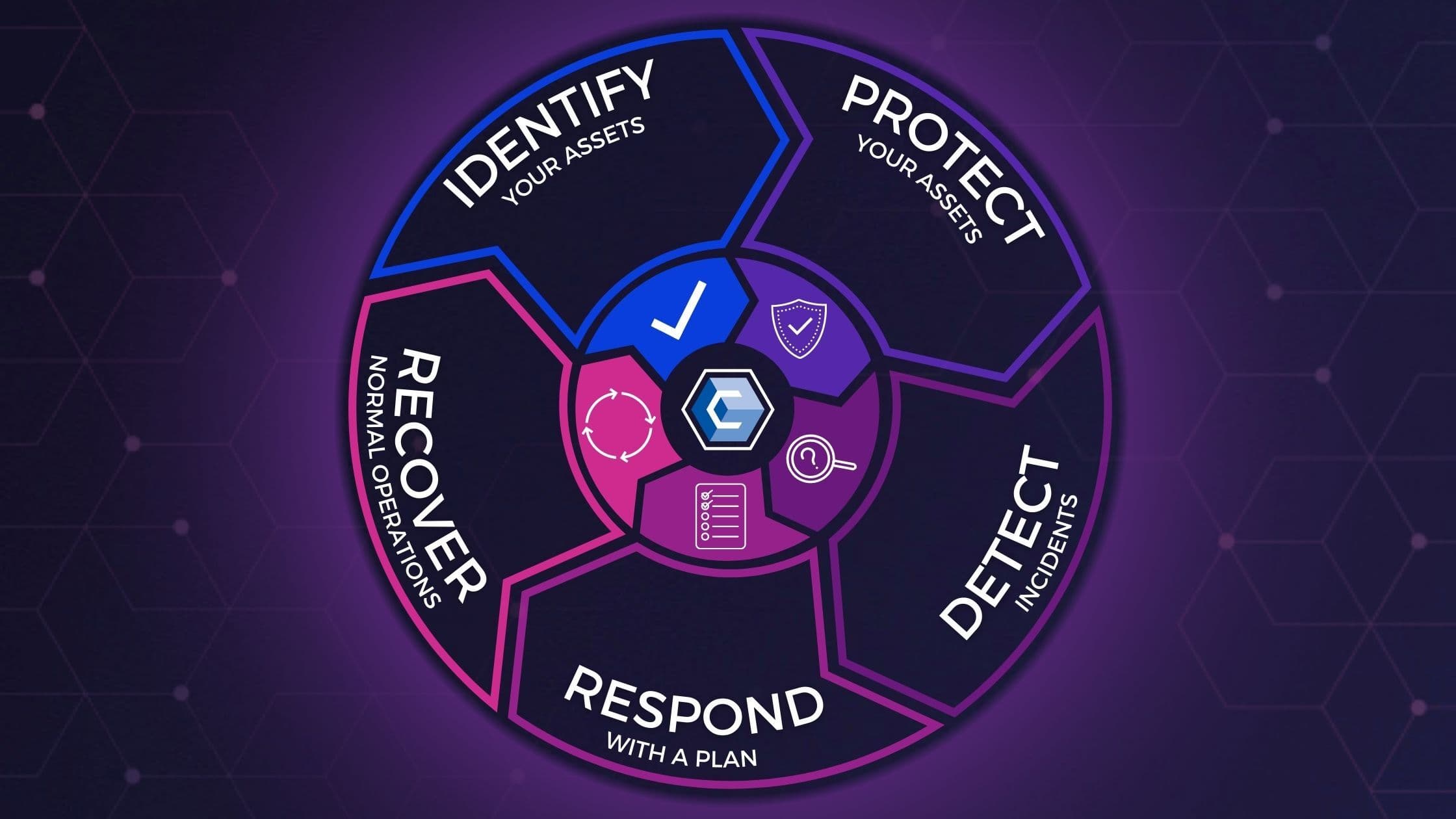This is the Intersection of Internet Security and IT Management

Within the current digital landscape, the intersection of cybersecurity and IT management has become increasingly critical for businesses of every size. As organizations increasingly rely on digital solutions to drive progress and productivity, the risks associated with cyber threats have surged dramatically. From ransomware attacks that can cripple business functions to phishing scams that steal sensitive information, the range of risks is extensive and evolving. Consequently, it is crucial for organizations to not only emphasize cybersecurity but to integrate it deeply into their IT management strategies.
IT managed services are a key part of this equation. By delegating IT functions to expert providers, businesses can enhance their cybersecurity posture while at the same time improving operational efficiency. This article will examine the vital role that IT managed services play in safeguarding organizations from cyber threats and the numerous advantages they offer, such as cost savings and compliance assistance. We will delve into essential topics such as multi-factor authentication, network security, and data protection methods that every business should implement to protect their assets in a precarious cyber landscape.
Cybersecurity Threats and Prevention
In the current digital world, comprehending the most common cybersecurity threats is key for safeguarding your business. Cybercriminals utilize various tactics, including ransomware incidents, phishing schemes, and vulnerabilities in software to compromise critical information. Ransomware, which locks a victim's data until a ransom is made, has risen in the past few years. Phishing scams, which trick individuals into disclosing personal information through fraudulent emails or websites, continue to evolve, making them more difficult to detect.
To prevent these threats, businesses must create a strong cybersecurity strategy that includes employee training, regular software updates, and the use of advanced security technologies. Educating employees about phishing scams can significantly reduce the likelihood of successful attacks. Additionally, maintaining up-to- Vormetric and installing security patches promptly can fix vulnerabilities that hackers might target. Regular risk assessments can help spot potential weaknesses within the organization, enabling teams to address issues before they are taken advantage of.
One essential layer of protection is the use of MFA, which adds a vital step in the login procedure beyond just a password. By requiring access to various verification methods, MFA significantly decreases the likelihood of unauthorized access. For businesses relying on IT managed services, integrating these security measures becomes easier, as service companies typically have specialized knowledge and tools to improve cybersecurity frameworks. Thus, focusing on cybersecurity not only protects valuable data but also ensures business continuity and fosters trust with clients and stakeholders.
IT Managed Services Benefits
One of the main advantages of IT managed services is the financial benefits they can offer businesses. By outsourcing IT management, businesses can avoid the high costs associated with maintaining an internal IT department, such as employee compensation, training, and employee benefits. Managed services providers (MSPs) offer adaptable solutions that allow businesses to pay only for the support they need, which can lead to improved financial efficiency. This means that organizations can allocate their capitals more effectively, focusing on expansion and essential operations instead of IT management.
Another important benefit of IT managed services is the improved security they provide. With the growing number of cyber threats, it is vital for businesses to prioritize cybersecurity. MSPs typically have dedicated security teams that monitor threats around the clock, deploy the latest security technologies, and ensure compliance with regulations. By leveraging the expertise of an MSP, businesses can more efficiently protect their data and systems against intrusions, reducing potential losses and boosting overall resilience.

Ultimately, IT managed services contribute to enhanced operational efficiency. By delegating IT responsibilities such as upkeep, updates, and support, businesses can free up valuable time and energies for their teams. This allows staff to focus on strategic initiatives rather than getting sidetracked by technical issues. Additionally, MSPs often provide entry to advanced technology and tools that might be out of reach for smaller organizations, further enhancing productivity and innovation in the workplace.
Adherence and Threat Mitigation
In the current digital landscape, compliance and threat mitigation have become essential aspects of attention for businesses. Compliance frameworks like HIPAA, GDPR, and others necessitate that companies adhere to specific data security regulations to prevent significant penalties and reputational damage. Implementing robust cybersecurity measures not only assists in fulfilling these compliance requirements but also reduces the overall risk of data breaches. Therefore, organizations must prioritize understanding these regulations to tailor their IT policies in response.
IT managed services can greatly enhance a company's adherence posture by providing expertise in regulatory standards. These services offer comprehensive solutions that comprise security assessments, data management, and routine audits to ensure adherence to industry standards. By outsourcing this aspect of IT oversight, organizations can leverage specialized knowledge and experience, making certain that they are not only compliant but also implementing best practices in risk management.
Furthermore, the changing nature of cyber threats greatly impacts threat mitigation strategies. Conducting frequent cyber risk assessments enables organizations to identify vulnerabilities and implement targeted security measures. With managed service providers staying abreast of the latest cybersecurity developments and risks, they can help develop a proactive approach to adherence and risk management, ultimately safeguarding sensitive information and maintaining operational stability in a rapidly changing, dynamic environment.
